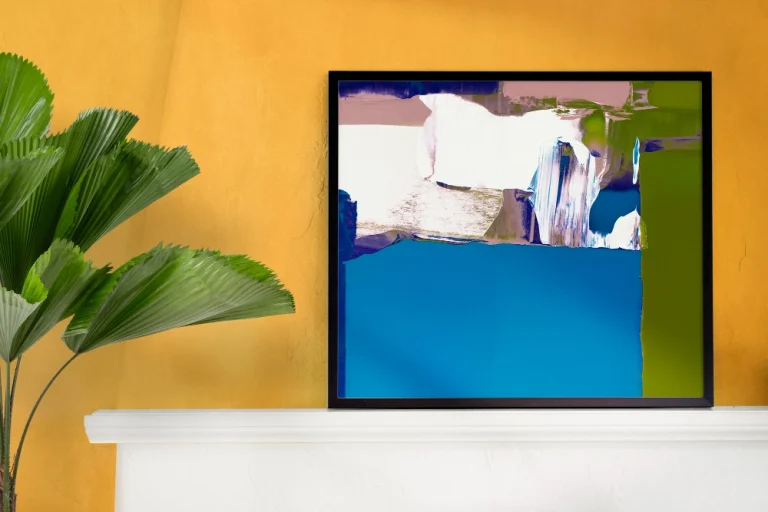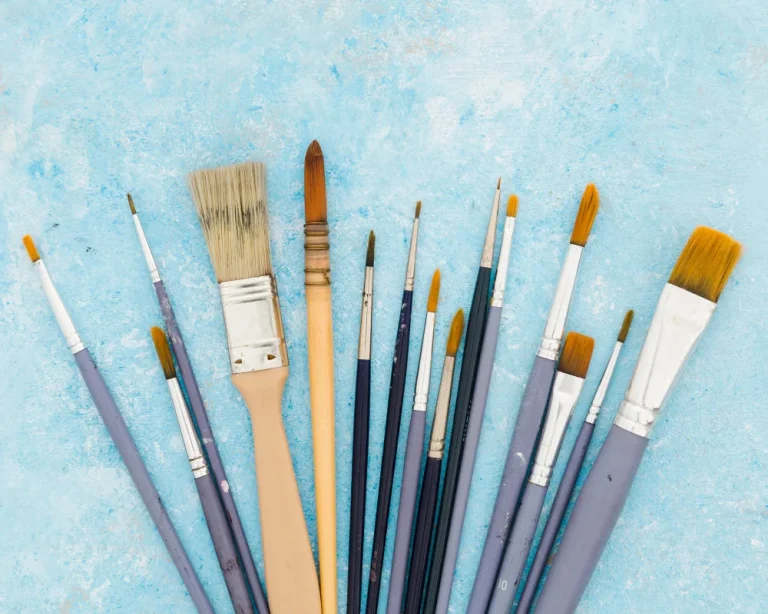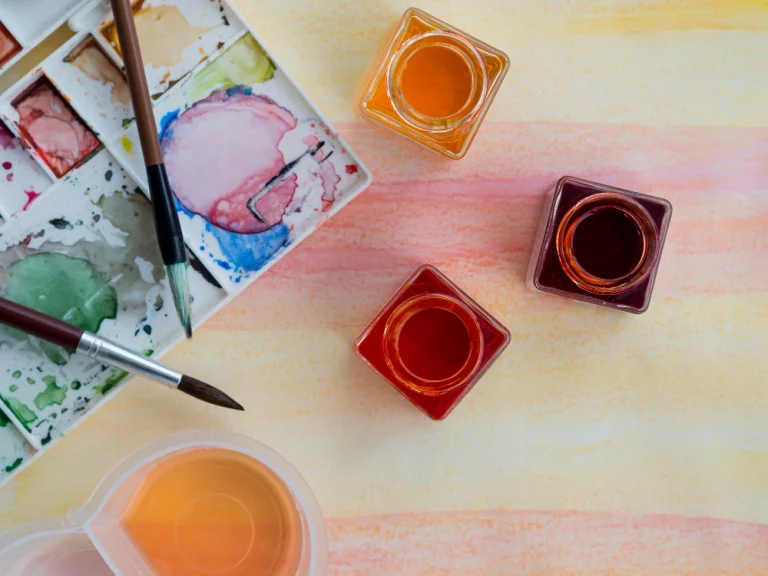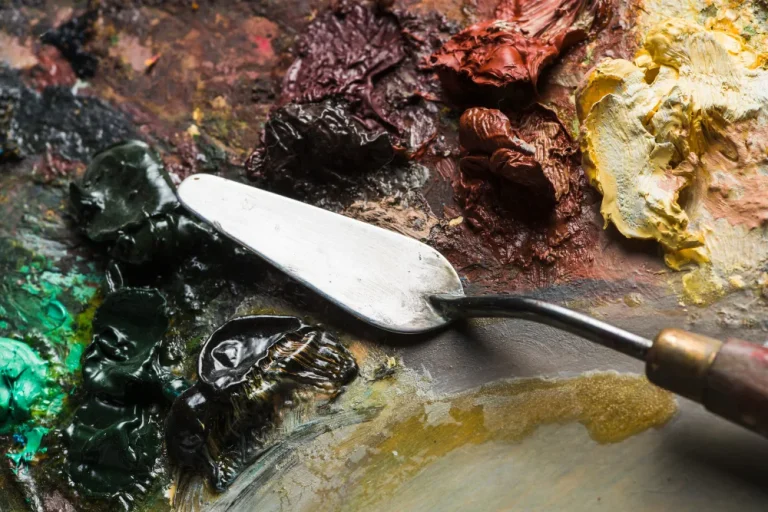Introduction to Cloth Painting Essentials
Cloth painting is a fun way to make art. It mixes creativity with careful work. Picking the right stuff and learning how to use it matters a lot. This helps you get awesome results. For new and experienced artists, knowing the basics of cloth painting makes creating easy and exciting.
Choosing the Right Fabric Base
The fabric you pick changes how your art looks. Different fabrics have special textures and soak up paint in their own way. This affects how the paint sticks and shows up.
Natural Fibers – Cotton, Linen, Silk
Natural fibers like cotton, linen, and silk are super popular for cloth painting. They soak up paint well and feel smooth. Cotton is great for beginners because it’s cheap and easy to use. The linen is tough and has a bit of texture. This adds depth to your designs. Silk has a shiny look, perfect for fancy or delicate art.
Synthetics & Blends – Pre-washing and Medium Adjustment
Synthetic fabrics, like polyester or mixed ones, need extra prep. You must wash them first to remove chemicals that stop paint from sticking. Also, using fabric mediums helps paint grip these fabrics. This keeps it from cracking or peeling later.

Core Paints & Pigments for Cloth
Choosing the right paint or pigment is key. It makes colors pop and keeps your art lasting long.
Fabric-Specific Acrylics & Heavy-Body Options
Fabric acrylic paints are awesome because they’re tough and bendy. They don’t fade or crack when you wash them. Heavy-body acrylics work too if you mix them with fabric mediums. They give bright colors and cover well. Our Xin Bowen acrylic paints are special. They’re super tough, shiny, and kind to the planet.
Alcohol-based pigments, Dyes, and Ink Alternatives
Alcohol-based pigments and dyes soak deep into the fabric. They make bright, lasting designs. These are great for tie-dye or soft-color blends. Inks are good for detailed lines or fancy writing on cloth.
Specialty Effects – Metallics, Glow, 3D, and Textural Finishes
For cool effects, try special paints. Metallics shine, glow-in-the-dark paints light up, and 3D paints add bumps. Textural mediums give a rough feel. These make your cloth art stand out.
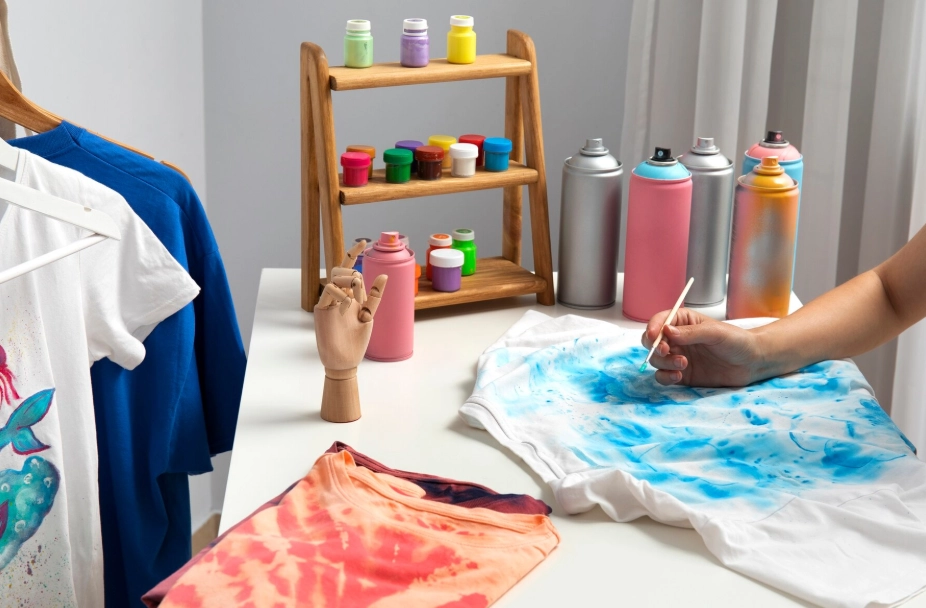
Application Tools & Brushes
The tools you use help make your art neat and textured.
Brushes (Markers, Pen-Tips, Flat/Stencil Brushes)
Brushes come in all shapes for different jobs. Flat brushes are great for big strokes or stenciling patterns on fabric. Markers with pen tips let you draw tiny details or write letters. At Xin Bowen, we have lots of brushes for newbies and pros. Our nylon brushes are a favorite. They’re stretchy, soak up water well, and clean easily.
Beyond Brushes – Sponges, Stamps, Airbrush, Screen Printing Tools
Other tools are fun too. Sponges make soft color blends or rough textures. Stamps make repeating patterns easy. Airbrushes give smooth color changes. Screen printing tools help make lots of detailed designs on fabric.
Preparation & Paint Mixing Essentials
Getting ready right makes the paint stick well and stay bright.
Pre-Wash and Remove Sizing for Better Paint Grip
Wash fabrics before painting to remove stuff that pushes paint away. This is super important for new fabrics. It helps paint grab on tight.
Fabric Mediums & Flow Enhancers for Optimal Consistency
Fabric mediums turn regular acrylics into fabric-friendly paint. They keep it bendy. Flow enhancers make the paint thinner without losing color. This helps it spread smoothly.
Test Swatches to Ensure Color Accuracy and blendability
Try paint on small fabric scraps first. This shows how colors look when dry. It helps you avoid surprises in your big project.
Fabric Painting Techniques
Layering, Stenciling, Block Printing, Resist Methods
Layering means putting on many paint layers. It makes designs deep and rich. Stenciling uses cut-out shapes for neat patterns. Block printing is an old trick. You dip carved blocks in paint to make repeating designs. Resist methods use wax or special liquid to block paint. This makes cool contrasts and details.
Wet-on-Wet Effects, Alcohol Ink Techniques, Airbrushing
Wet-on-wet means painting on damp fabric. It makes soft blends and smooth gradients. Alcohol ink techniques create bright, flowing designs. The pigments sink deep for lasting art. Airbrushing gives exact, even color changes. It’s great for big or detailed work.
Use of Barriers and Cardboard for Multi-Layer Control
Put plastic or cardboard between fabric layers. This stops paint from leaking through. It’s a must for layered designs to keep edges clean and avoid smudges.
Fixing & Post-Paint Care
Heat-Setting Methods – Ironing vs. Dryer
Heat-setting locks in your design so it lasts through washing. Ironing is easy. Use parchment paper over the paint and press with heat. Or, toss it in a hot dryer. Both work well.
Evaluating Wash Durability and Fabric Hand
Wash durability means how well your design holds up after cleaning. Test it to make sure it lasts. Fabric hand is how the fabric feels after painting. Good paints keep it soft, not stiff.
Best Practices for Long-Term Maintenance
Take care of painted fabrics to make them last. Wash them inside out with gentle soap in cold water. This stops colors from fading. Skip bleach or strong chemicals. They can hurt your design.
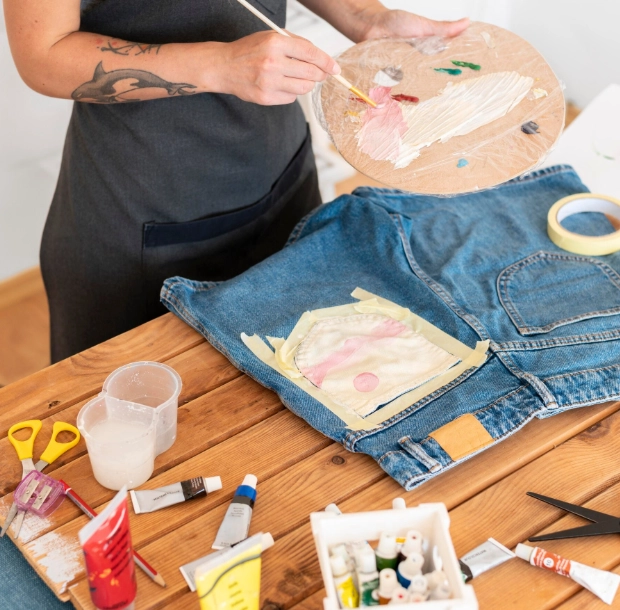
Recommended Materials Checklist
Essential Paints, Mediums, Brushes, Backing Tools, and Fabric
Fabric acrylic paints are a must. They’re bendy and tough on cloth. Fabric mediums make regular acrylics work on fabric and stay washable. Brushes are super important. Our Xin Bowen nylon brushes are awesome. They’re stretchy, hold water, and clean easily. Backing tools like cardboard or plastic stops paint from bleeding through.
Sample Kits and Bundles for Different Skill Levels
We have kits for new artists with basic brushes and paints. For pros, we offer bundles with cool stuff like metallic or 3D paints. These help you try new ideas.
Xin Bowen Art Materials
Overview of Xin Bowen’s Specialty Products for Cloth Painting
We’ve made art supplies for over 15 years. Our nylon brushes are great for acrylics and watercolors on fabric. They’re super stretchy. Our paints include tough acrylics that dry fast and stay shiny.
Unique Features of Xin Bowen’s Paints and Mediums
Our acrylic paints are made with safe, eco-friendly stuff. They stick well to all kinds of fabric and don’t crack after washing. This makes them trusty choices.
Advantages of Using Xin Bowen Art Supplies
Our products pass tough quality checks. They meet big standards like CPC and EN71. This gives you peace of mind. We have cheap options for beginners and fancy ones for pros.
FAQ
Q: What is the best type of paint for cloth painting?
A: Fabric acrylic paints are great. They’re tough, bendy, and don’t crack or fade when washed.
Q: How do I ensure my painted design lasts long-term?
A: Wash painted fabrics inside out with mild soap in cold water. Skip bleach or harsh stuff that fades colors.
Q: How do I prevent my painted design from fading after washing?
A: Use top-notch fabric paints and a fixative medium if needed. Heat-set with an iron to lock in colors.
Q: Do I need a primer before painting on the fabric?
A: It depends on the fabric. Natural fibers like cotton usually don’t need it. Synthetics might need a prep layer.
Q: How long does it take for painted fabric designs to dry completely?
A: Drying time changes with paint type. Most acrylics dry in 24 hours under normal weather.
With these basics and our awesome Xin Bowen art supplies, you can make your cloth painting projects super cool!



